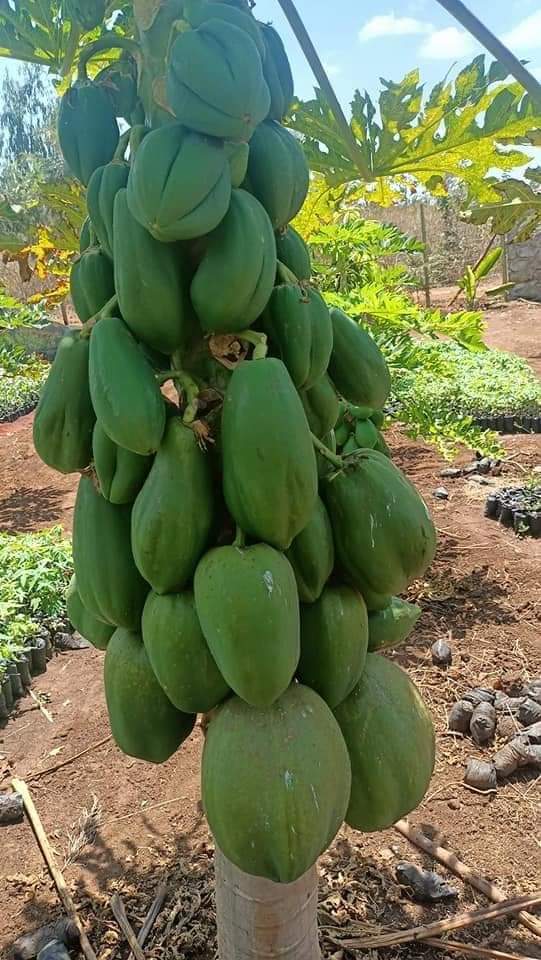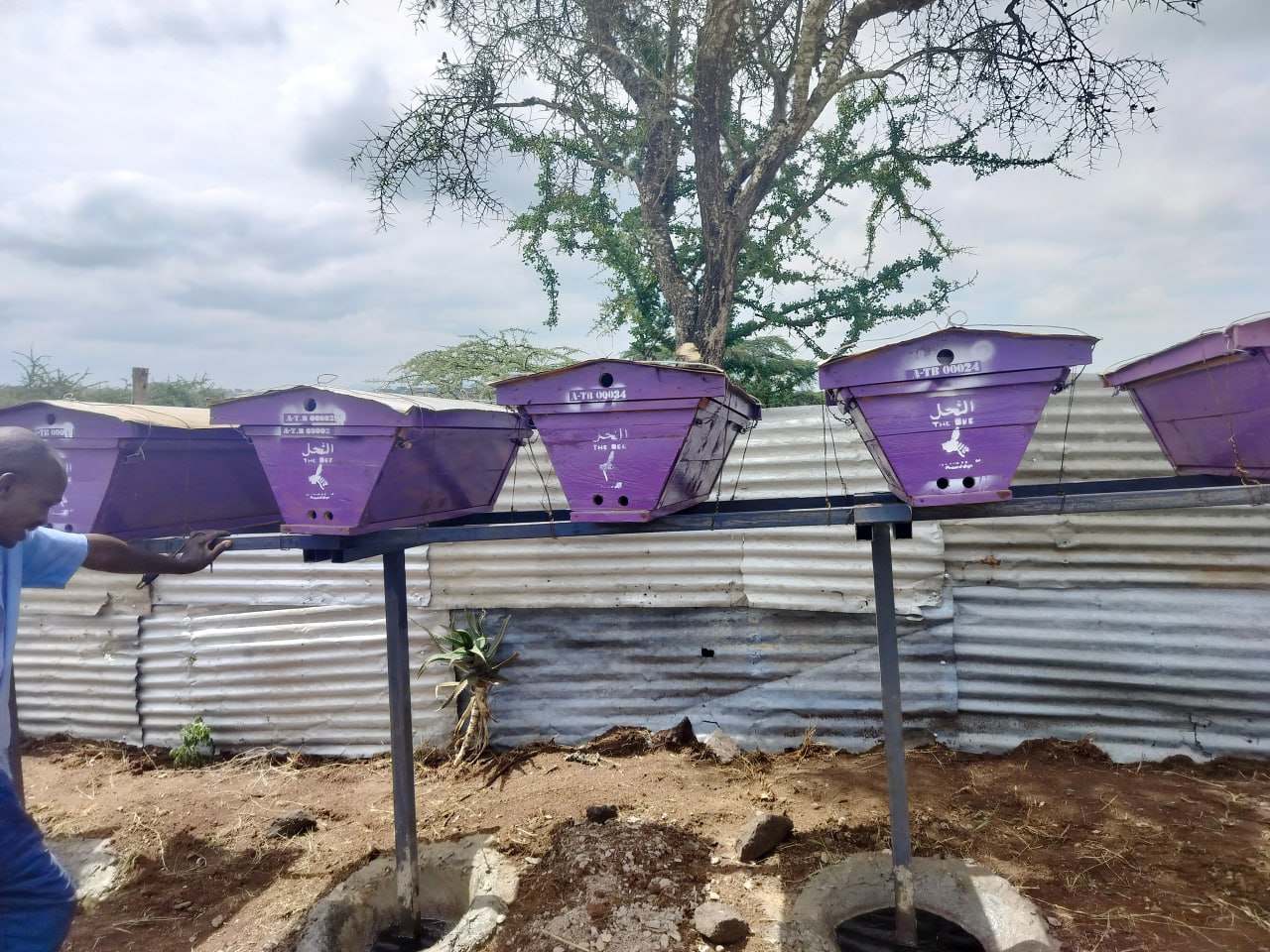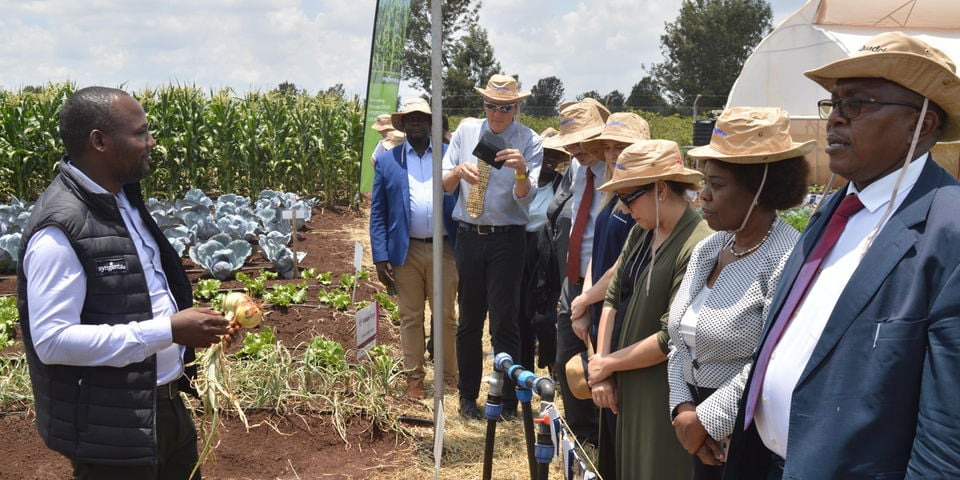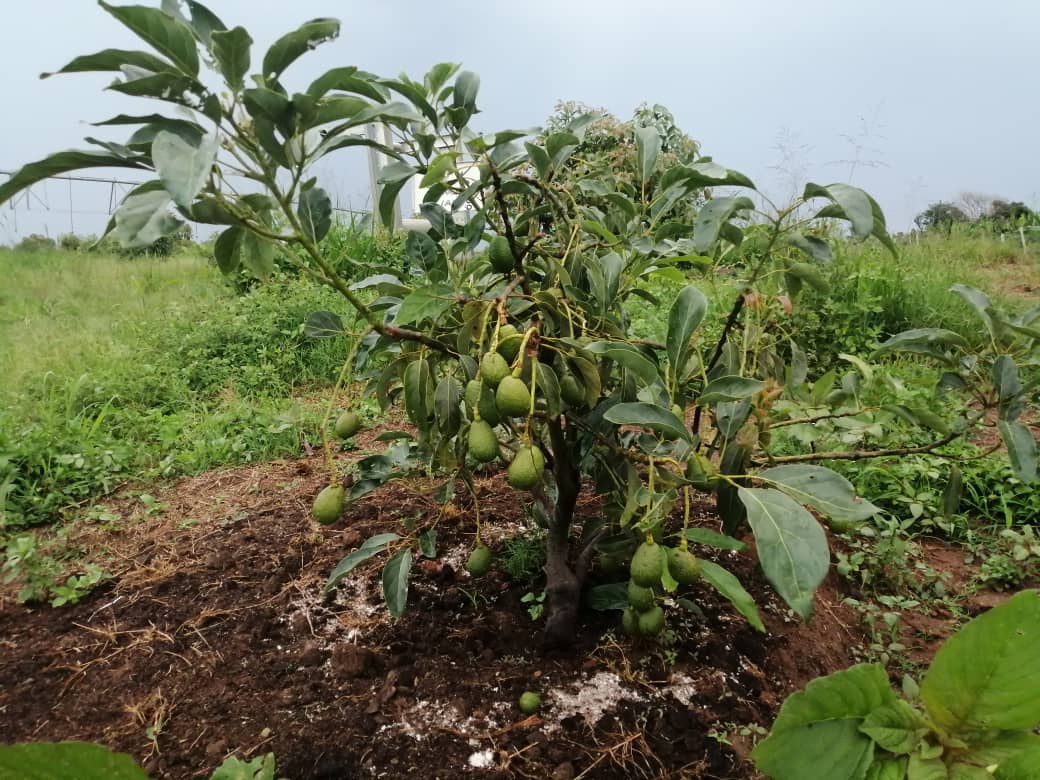FACTOR TO CONSIDER BEFORE STARTING DWARF PAWPAW FARMING
Climate and growing conditions: Dwarf pawpaw trees thrive in temperate to subtropical climates. Ensure your climate is suitable for pawpaw cultivation, with warm summers and mild winters. Pawpaw trees prefer well-drained, fertile soil with a pH between 5.5 and 7.0.
Space requirements: Determine the amount of space you have available for pawpaw farming. While dwarf varieties take up less space than standard trees, they still require adequate room for growth and fruit production. Plan your orchard layout accordingly, considering factors such as spacing between trees and row orientation.
Variety selection: Choose dwarf pawpaw varieties that are well-suited to your climate and growing conditions. Consider factors such as fruit quality, yield potential, disease resistance, and pollination requirements. Selecting the right varieties can significantly impact the success of your farming operation.
Pollination requirements: Keep in mind that most pawpaw varieties are self- incompatible and require cross-pollination with another genetically distinct tree to set fruit. Ensure you plant compatible varieties within close proximity to facilitate pollination and maximize fruit production.
Water availability: Assess the availability of water for irrigation purposes, especially during dry periods or droughts. Consider installing irrigation systems to ensure consistent soil moisture levels, which are crucial for healthy tree growth and fruit development.
Pest and disease management: Familiarize yourself with common pests and diseases that affect pawpaw trees in your area. Develop an integrated pest management (IPM) plan to monitor for pests and diseases and implement
appropriate control measures as needed. Organic and sustainable pest management practices are preferable, especially if you plan to grow pawpaw’s using environmentally friendly methods.
Labor and management plans: Consider the amount of labor and management required for pawpaw farming, including planting, pruning, irrigation, pest control, harvesting, and marketing. Assess your ability to handle these tasks efficiently and effectively or consider hiring skilled labor if necessary.
Demand: Research the market demand for pawpaw fruits in your area or region. Evaluate the feasibility of pawpaw farming as a commercial venture, considering factors such as potential sales outlets, competition, and pricing.
Regulatory considerations: Research any regulatory requirements or permits needed for pawpaw farming in your area, such as zoning regulations, agricultural permits, or food safety certifications. Ensure compliance with relevant laws and regulations to avoid potential legal issues.
FACTOR TO CONSIDER BEFORE STARTING DWARF PAWPAW FARMING





